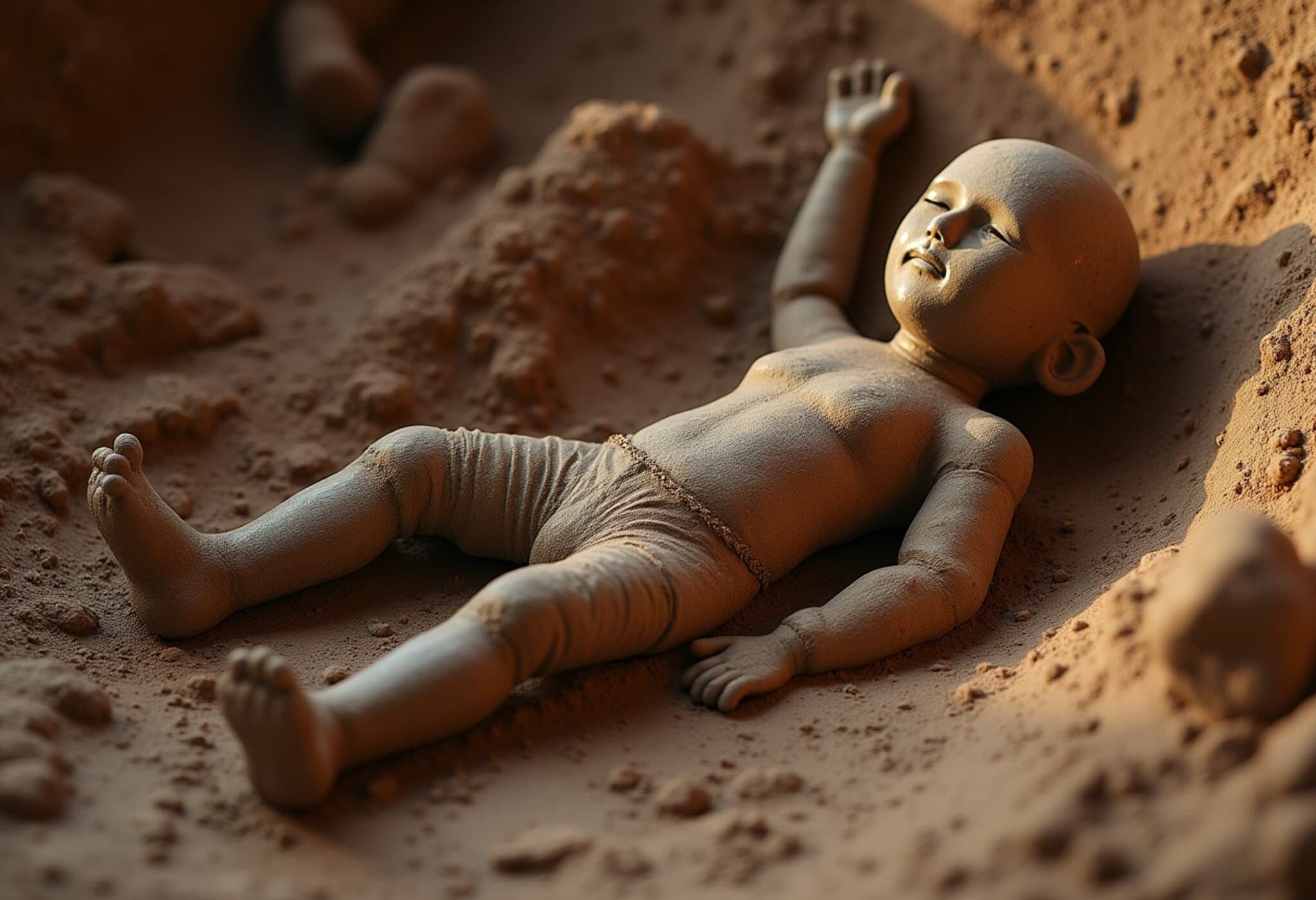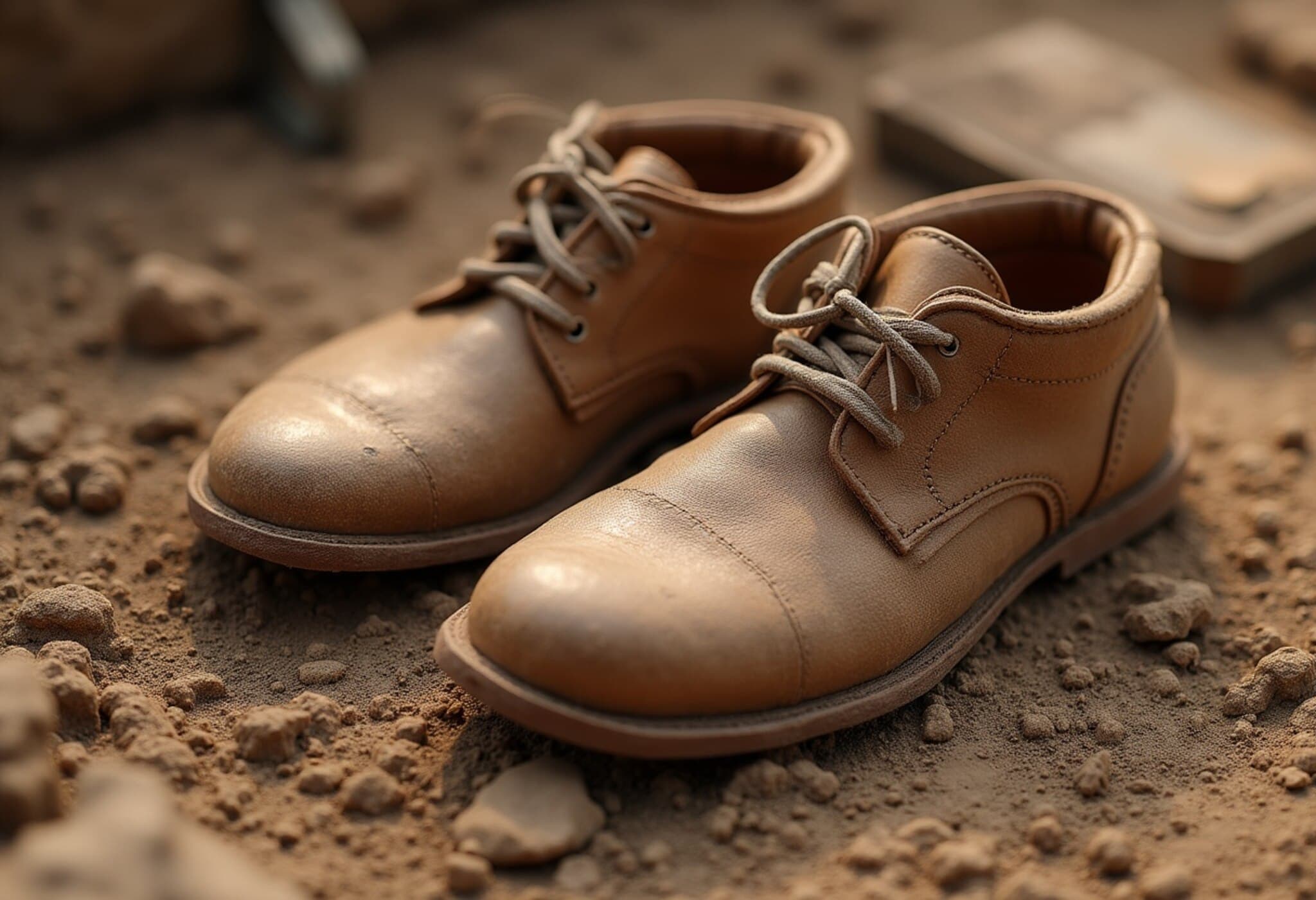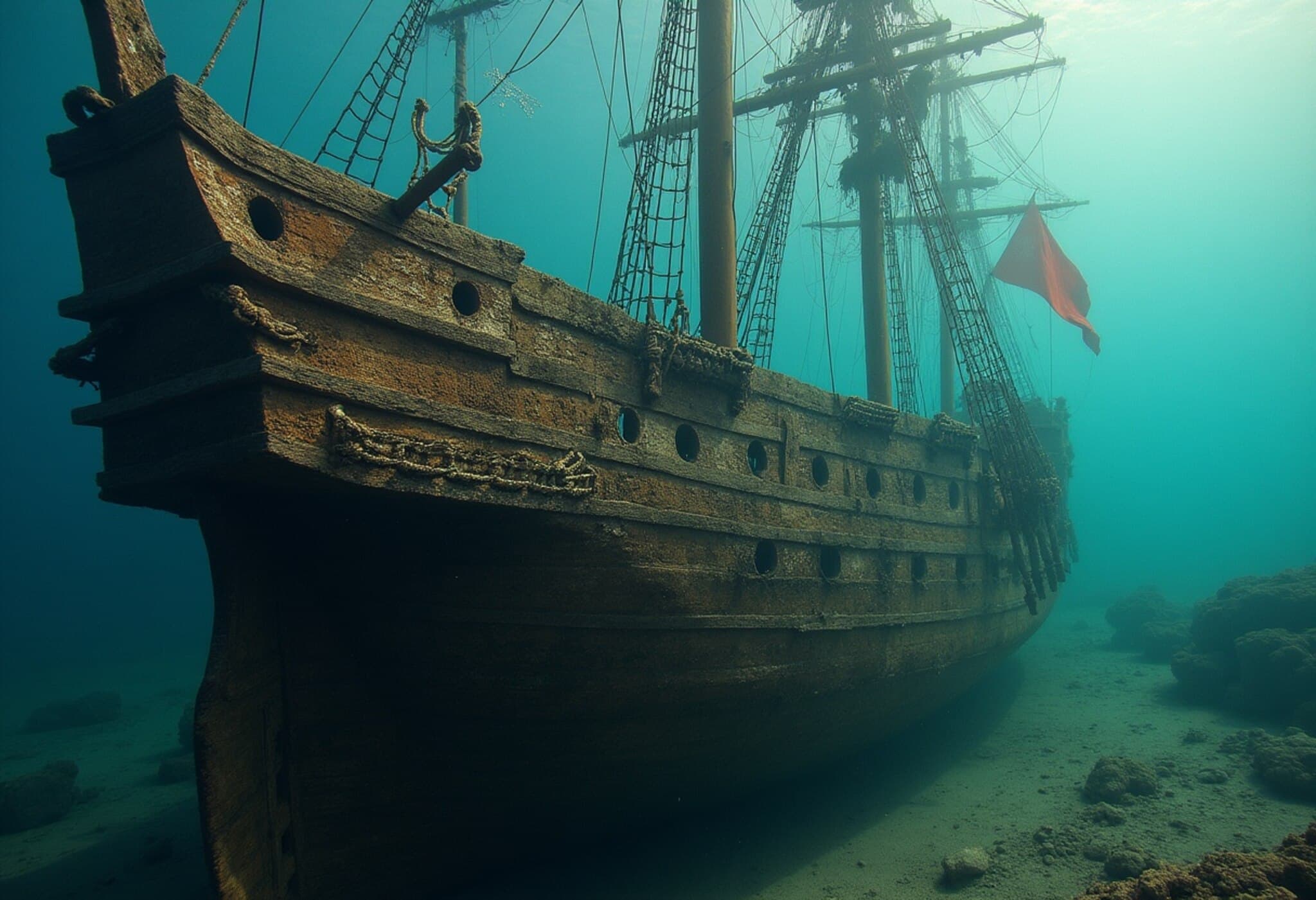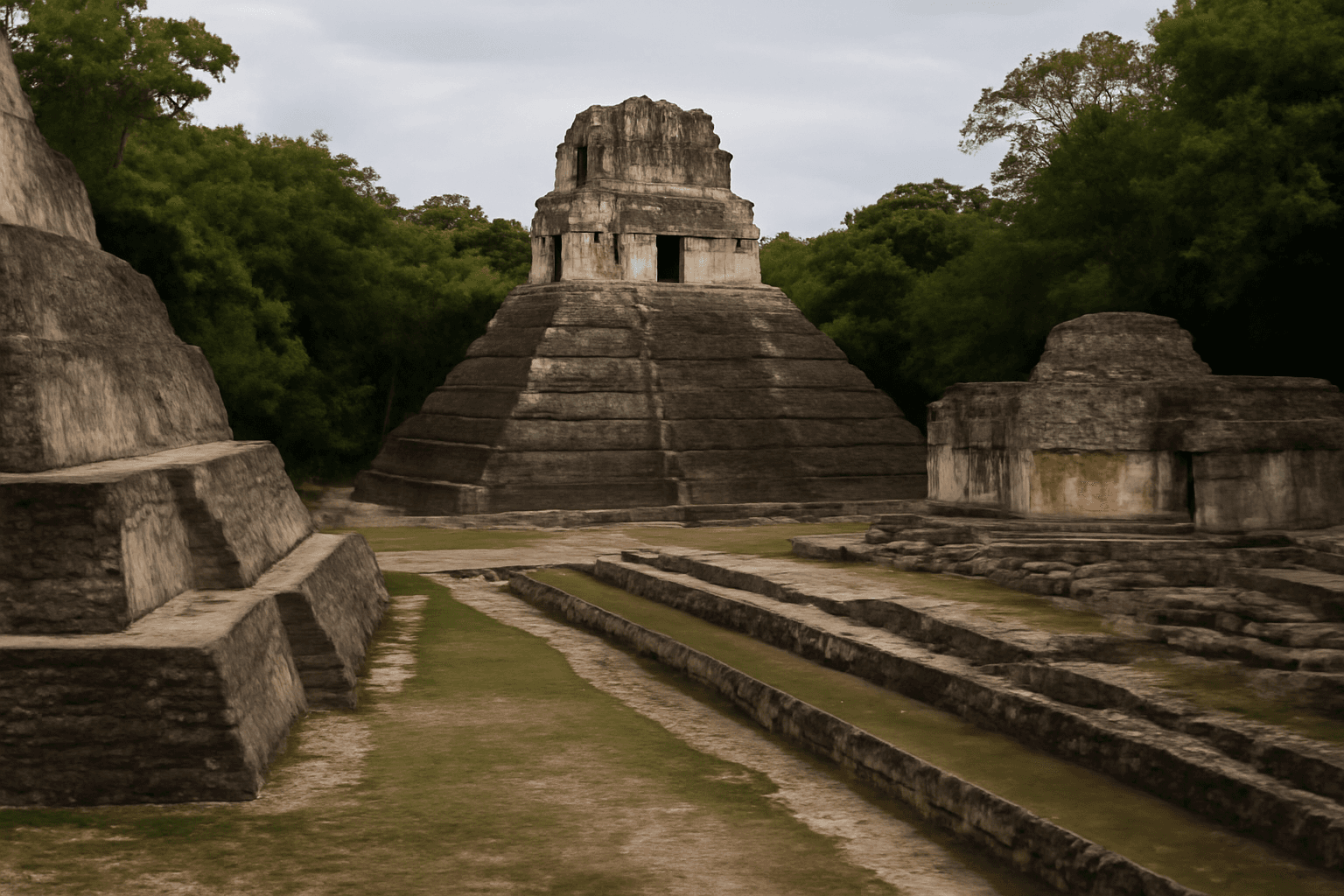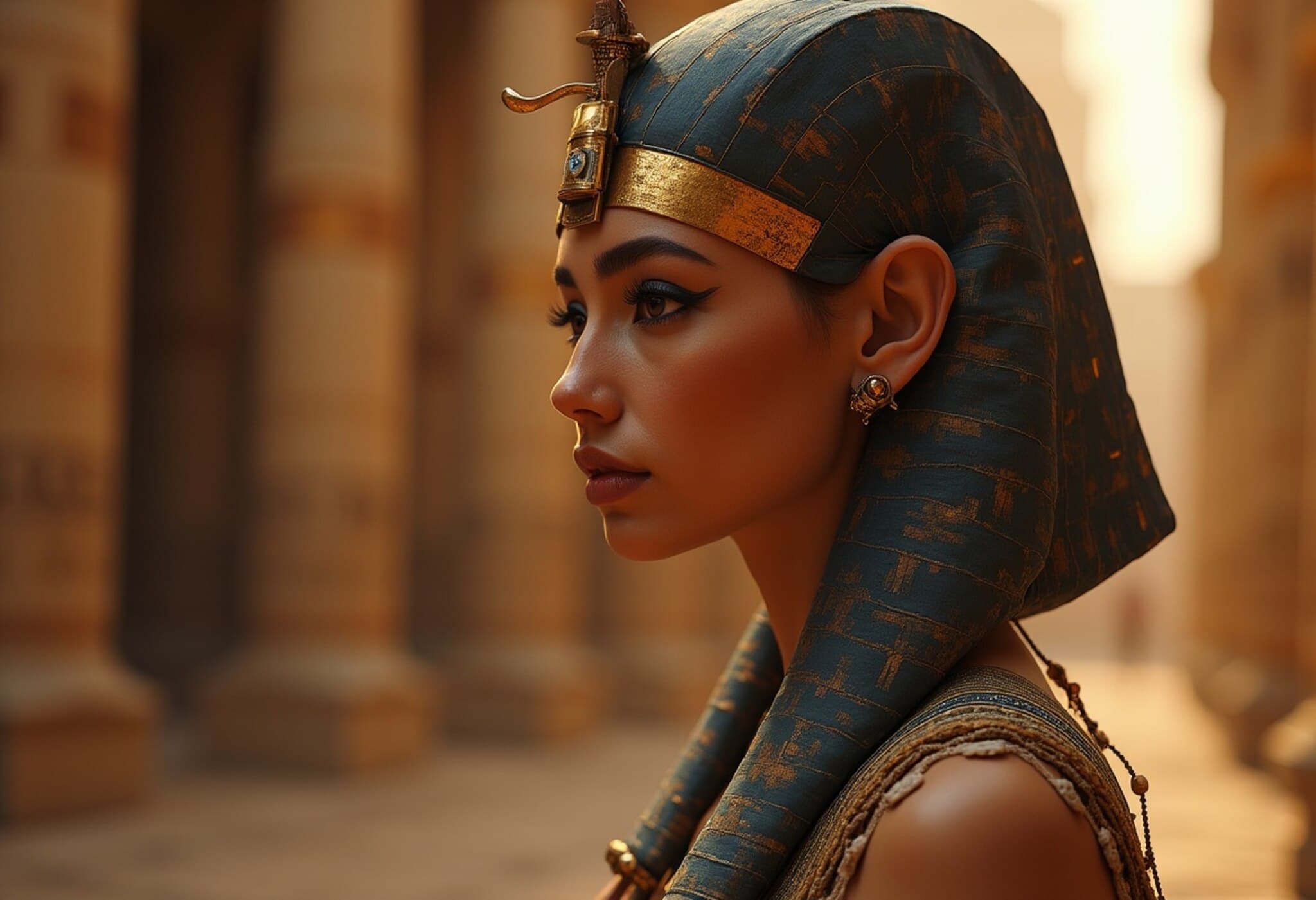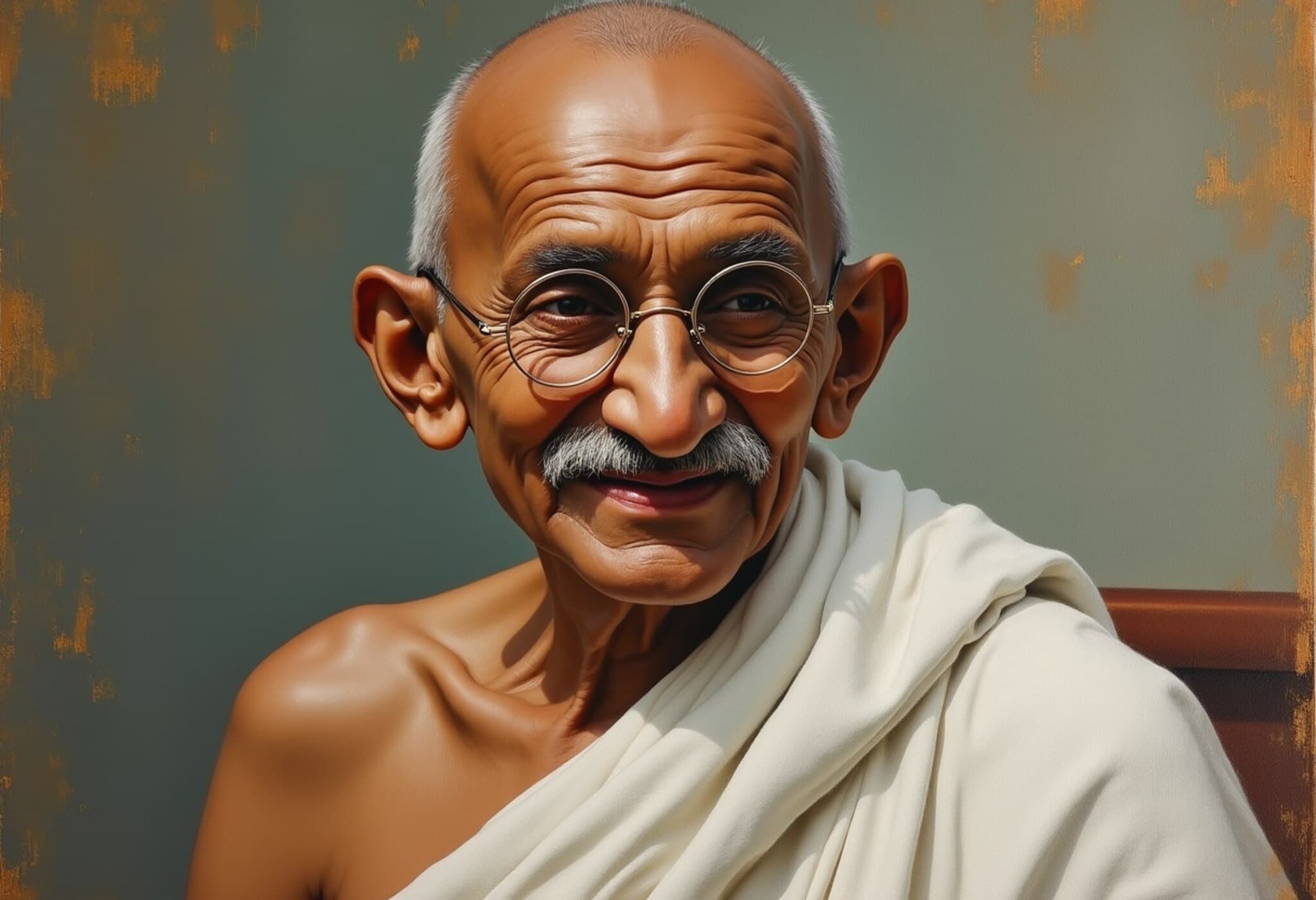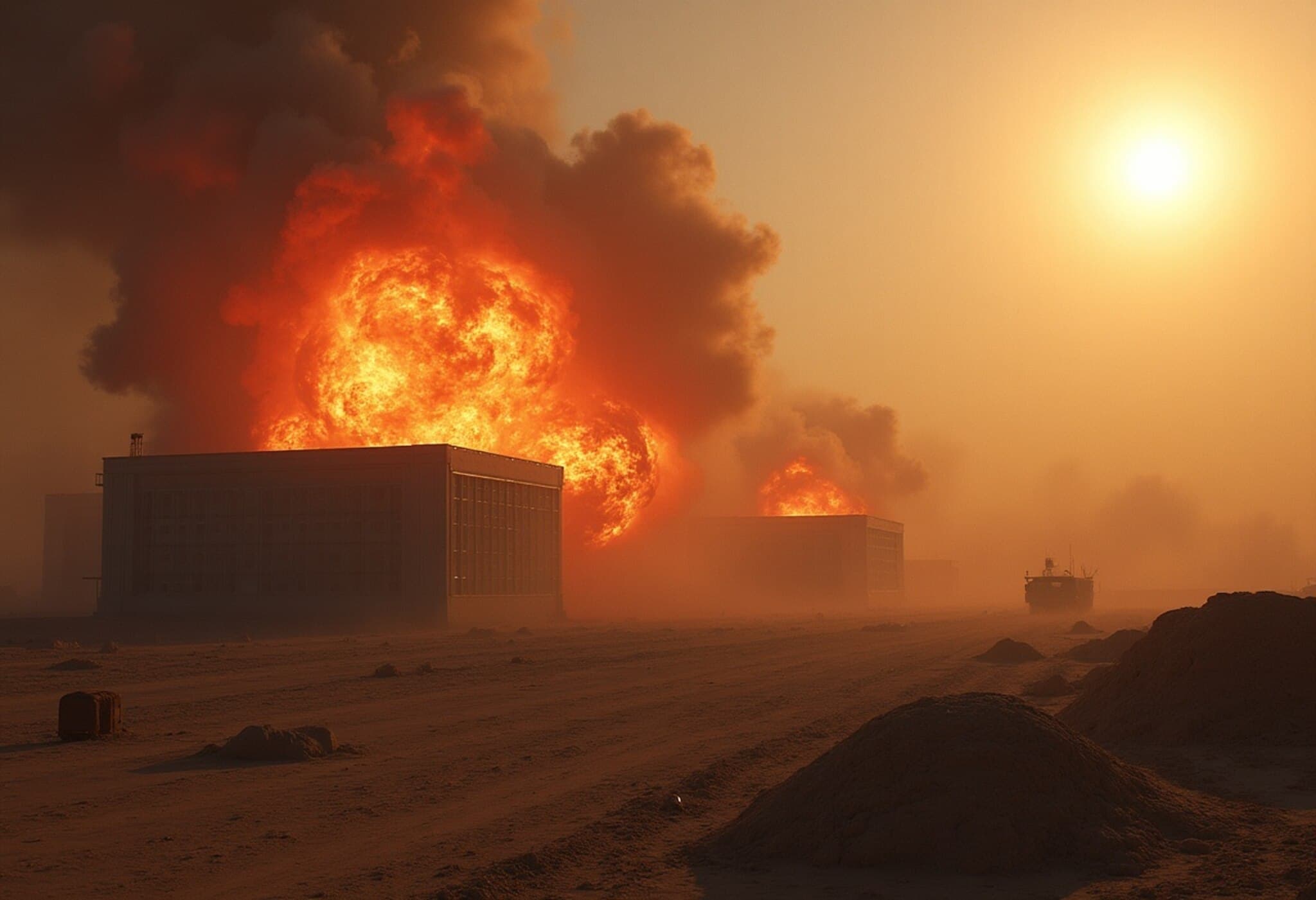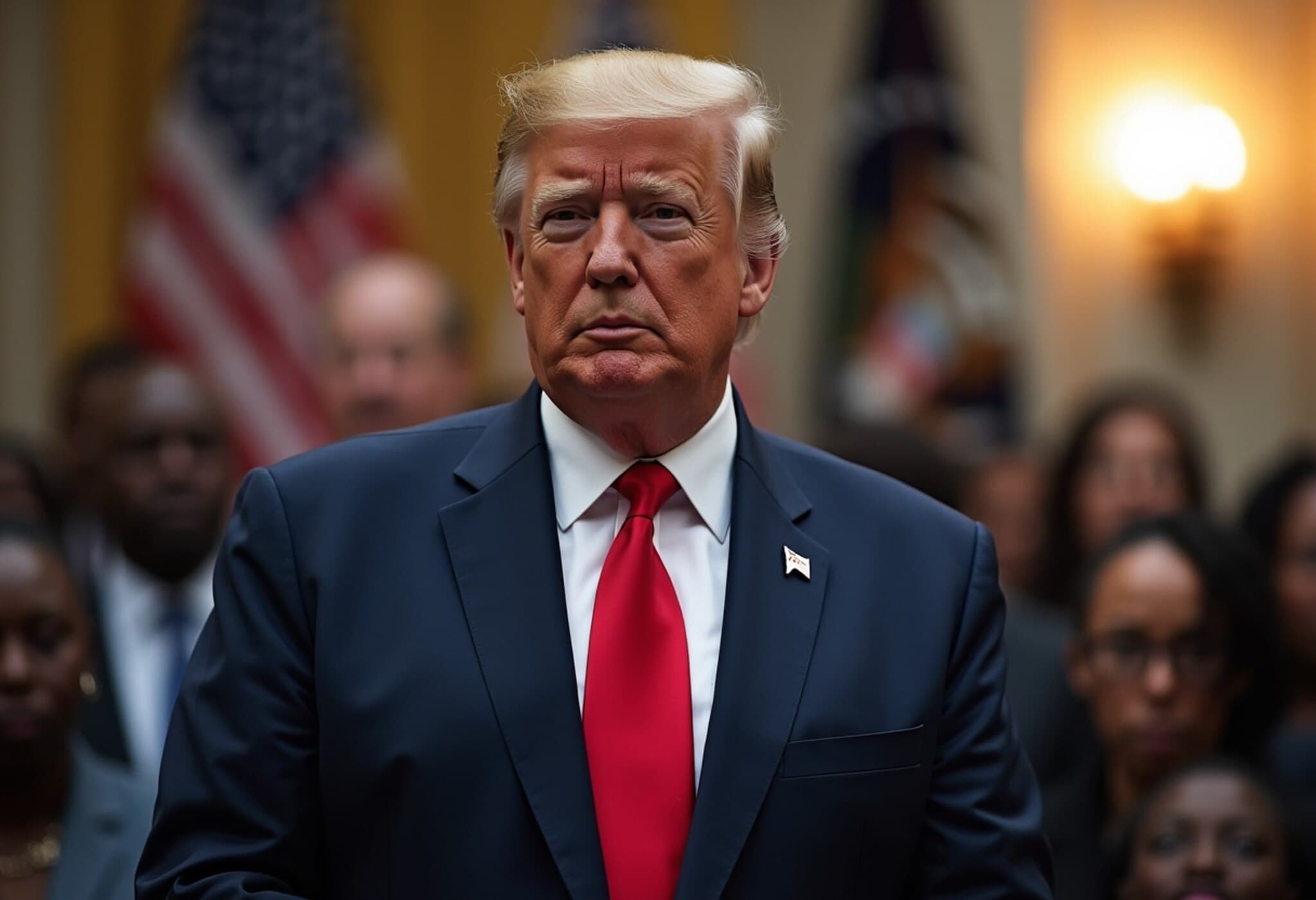Discovery of a 1,000-Year-Old Mummified Child in Lima
During routine gas line installations in northern Lima, Peru, workers unintentionally uncovered the remarkably preserved mummy of a child believed to be between 10 and 15 years old. This intriguing archaeological find sheds new light on pre-Incan cultural heritage in the region.
Unearthing the Past Underneath Lima’s Streets
The remains were discovered at approximately 1.2 meters (around 4 feet) underground in the Puente Piedra district. Initially, workers encountered a trunk from a huarango tree—a species native to coastal Peru—that served as a traditional burial marker in ancient times. Beneath this marker lay the boy’s mummified remains positioned in a seated posture, with limbs carefully bent.
Insights from the Chancay Culture
Archaeologists have identified the tomb and accompanying artifacts as products of the pre-Inca Chancay culture, which flourished in the Lima area between the 11th and 15th centuries CE. The burial style, along with the grave goods, suggest dating between 1000 and 1200 CE.
The mummy was wrapped in a shroud alongside calabash gourds—items commonly associated with ritual and daily life in ancient Peru. Surrounding the remains were ceramic vessels, including plates, bottles, and jugs embellished with geometric patterns and depictions of fishermen, typical motifs of Chancay craftsmanship.
Preserving Heritage Amid Urban Growth
Peru’s robust archaeological regulations mandate that companies carry qualified archaeologists on-site during excavations to protect the nation's rich heritage. Since 2004, the gas utility company involved has uncovered over 2,200 artifacts in Lima, a city that boasts more than 500 archaeological sites, including numerous huacas—sacred burial grounds of indigenous origin.
This recent find not only enriches our understanding of pre-Hispanic cultures in Peru’s capital but also highlights the ongoing dialogue between urban development and historic preservation.
What’s Next for the Mummy and Artifacts?
Conservation experts and archaeologists will likely conduct further analysis to learn more about the child’s life, health, and the burial customs of the Chancay people. These investigations promise to deepen knowledge of the social and cultural complexities of this ancient civilization that once thrived on Peru’s coast.

